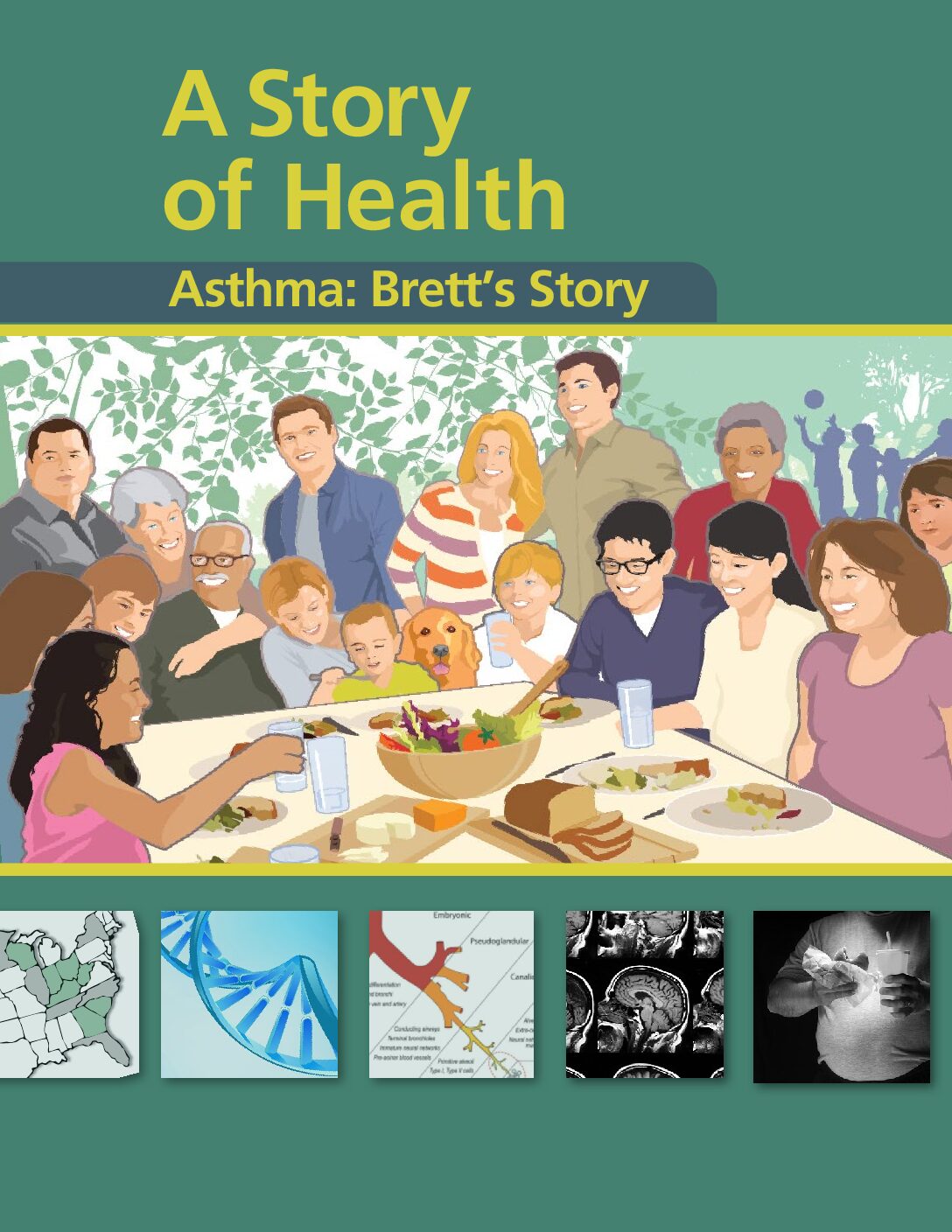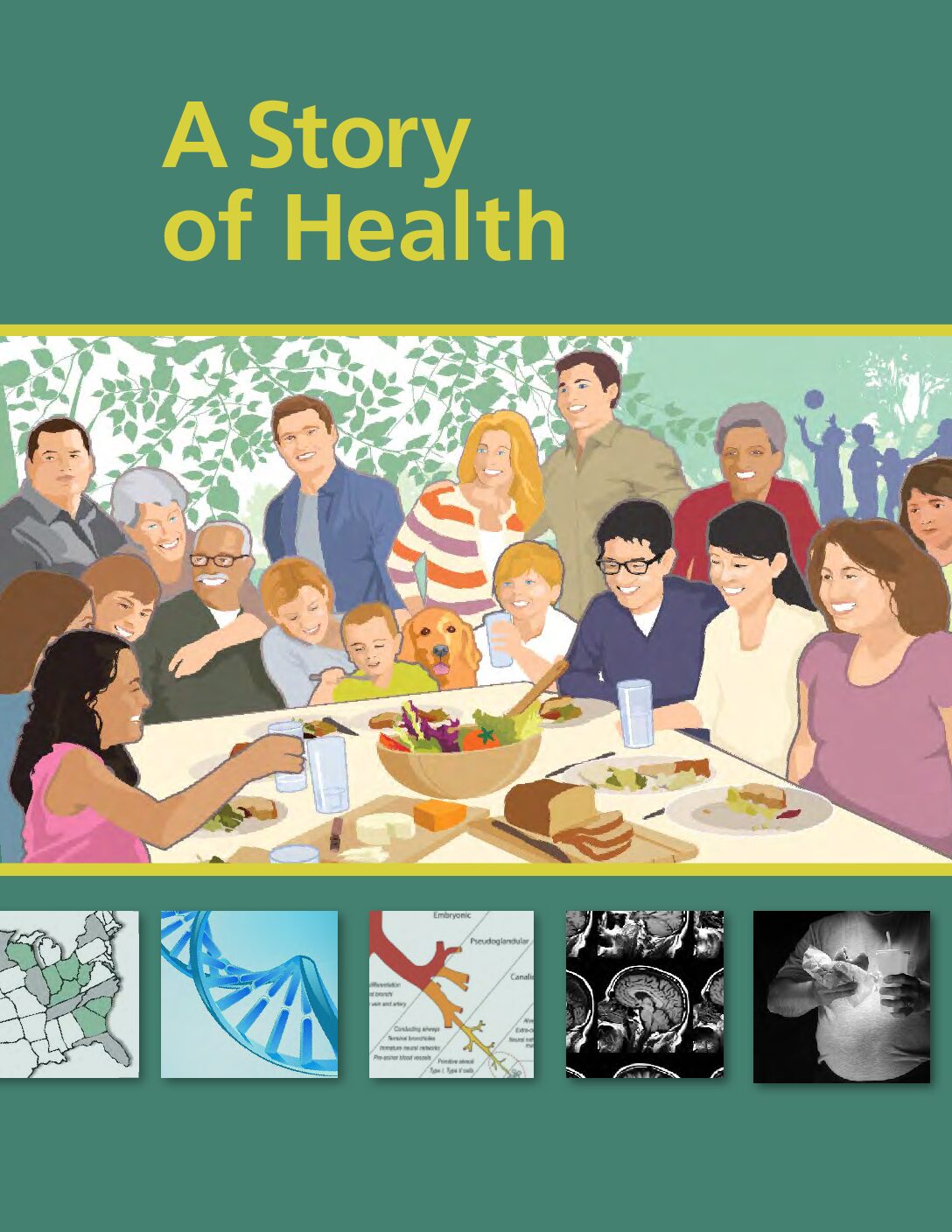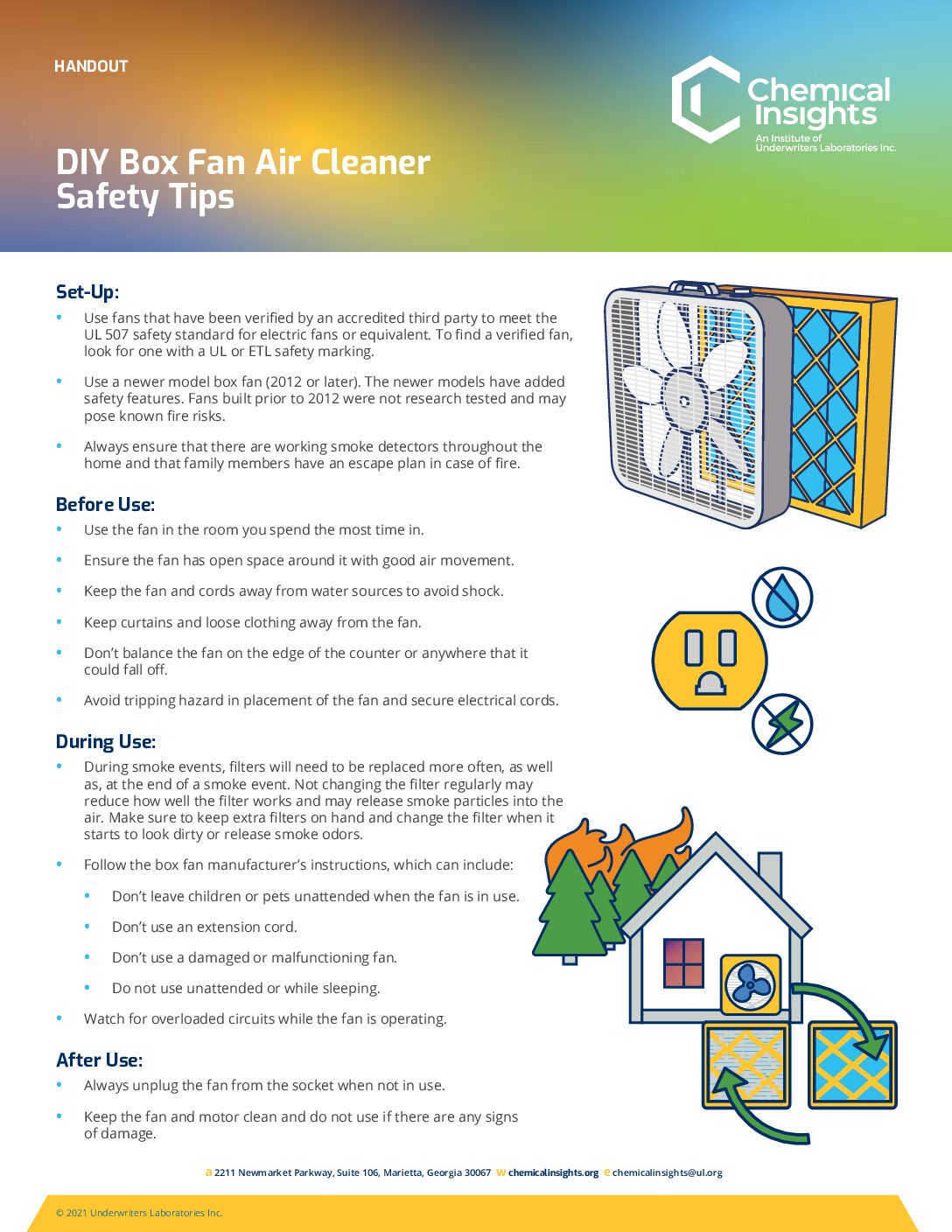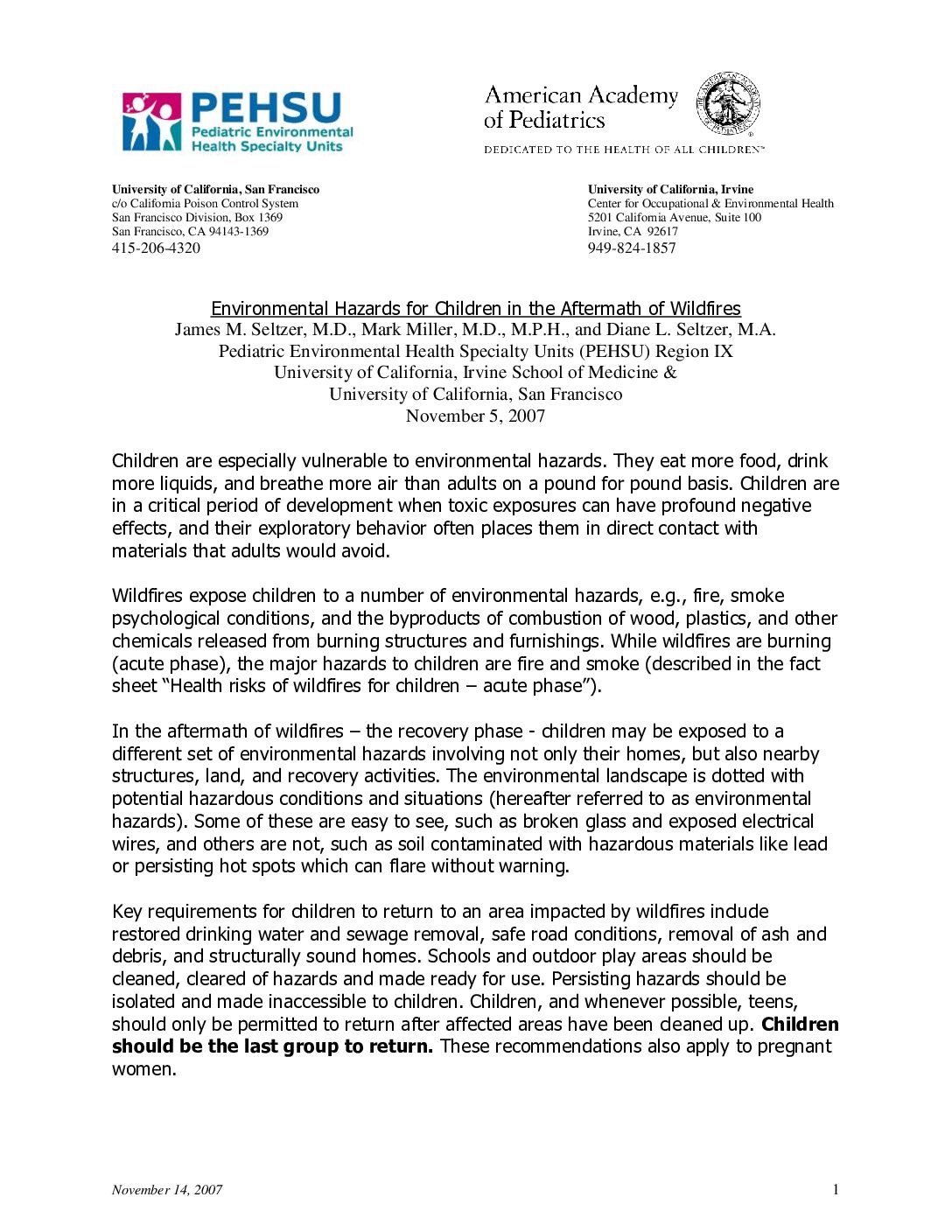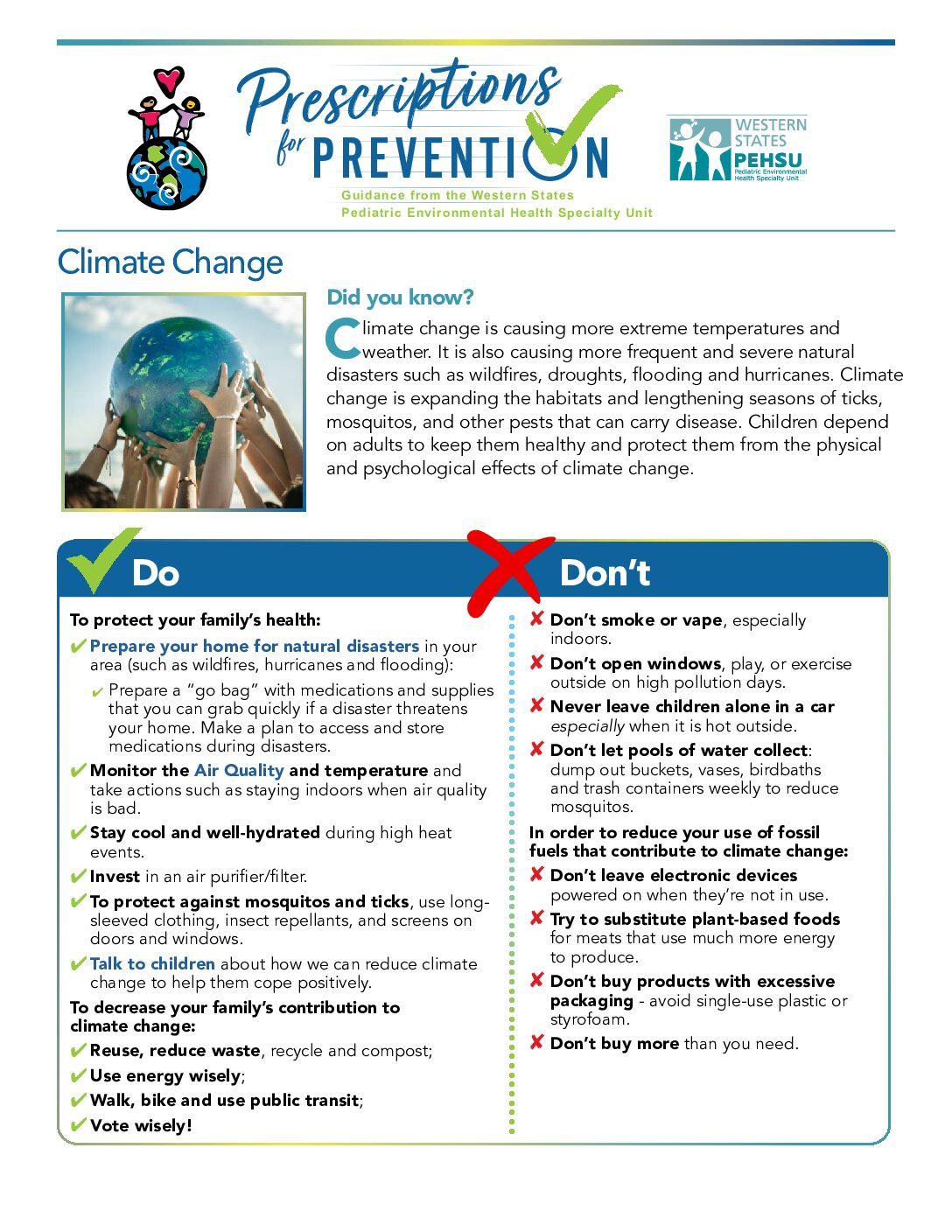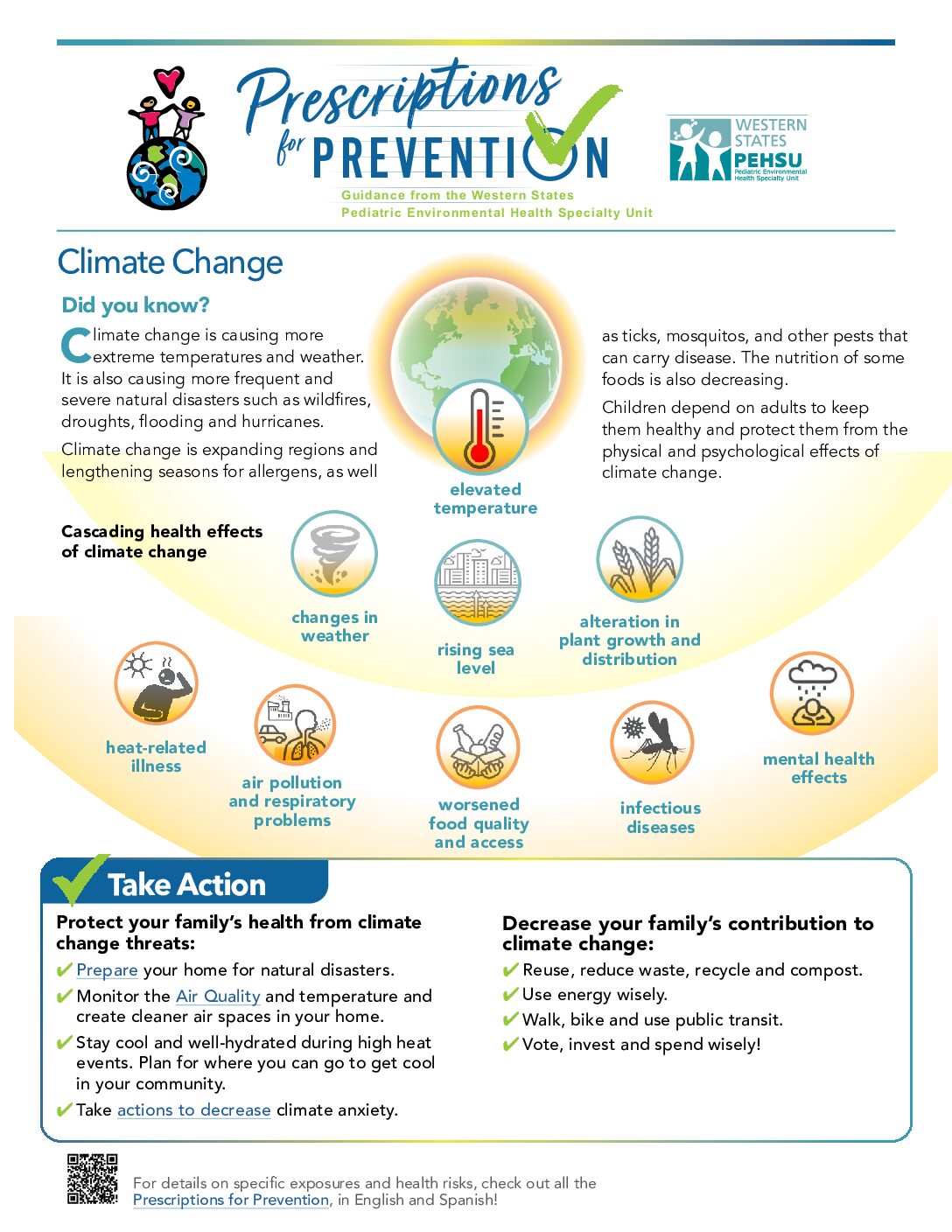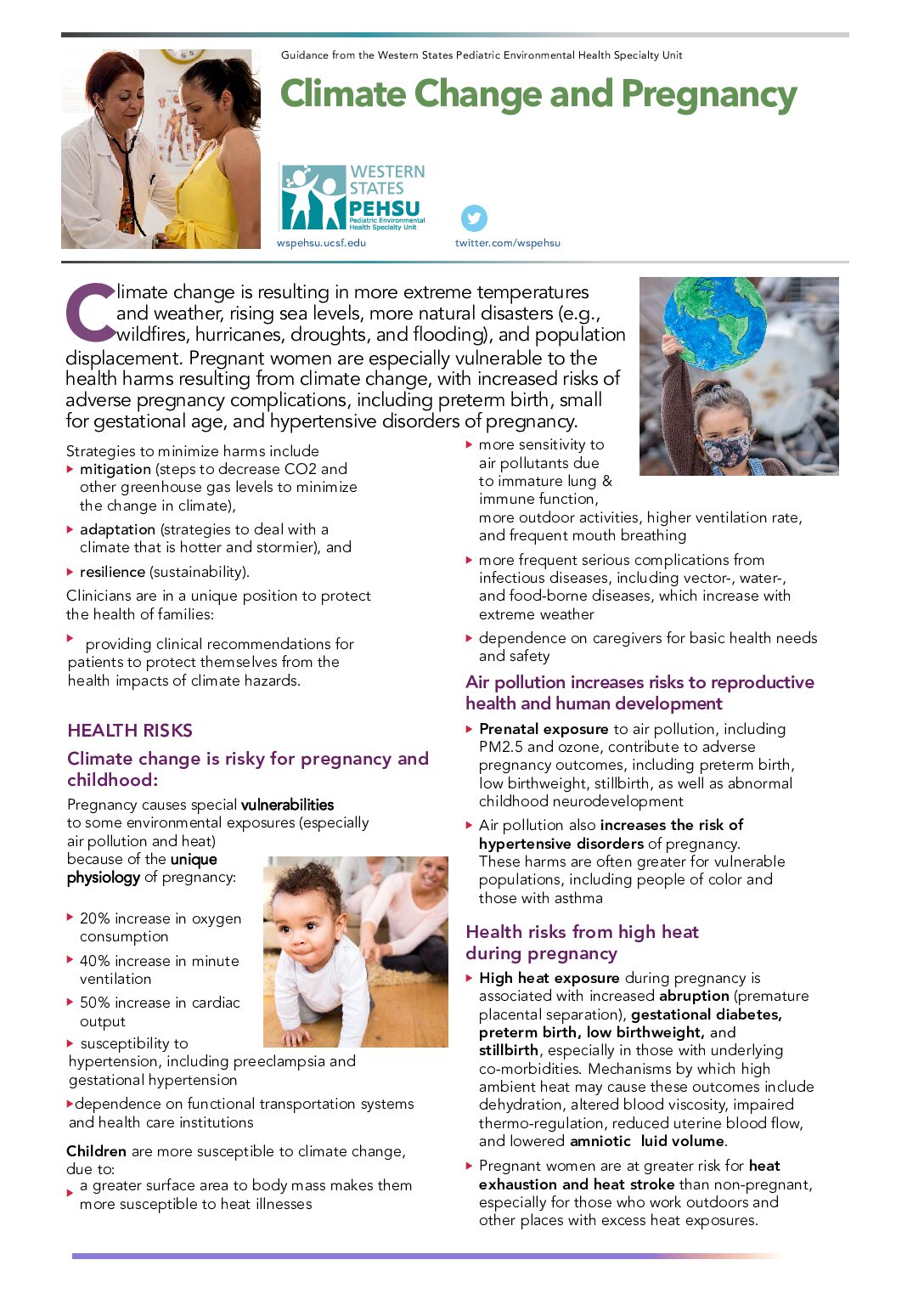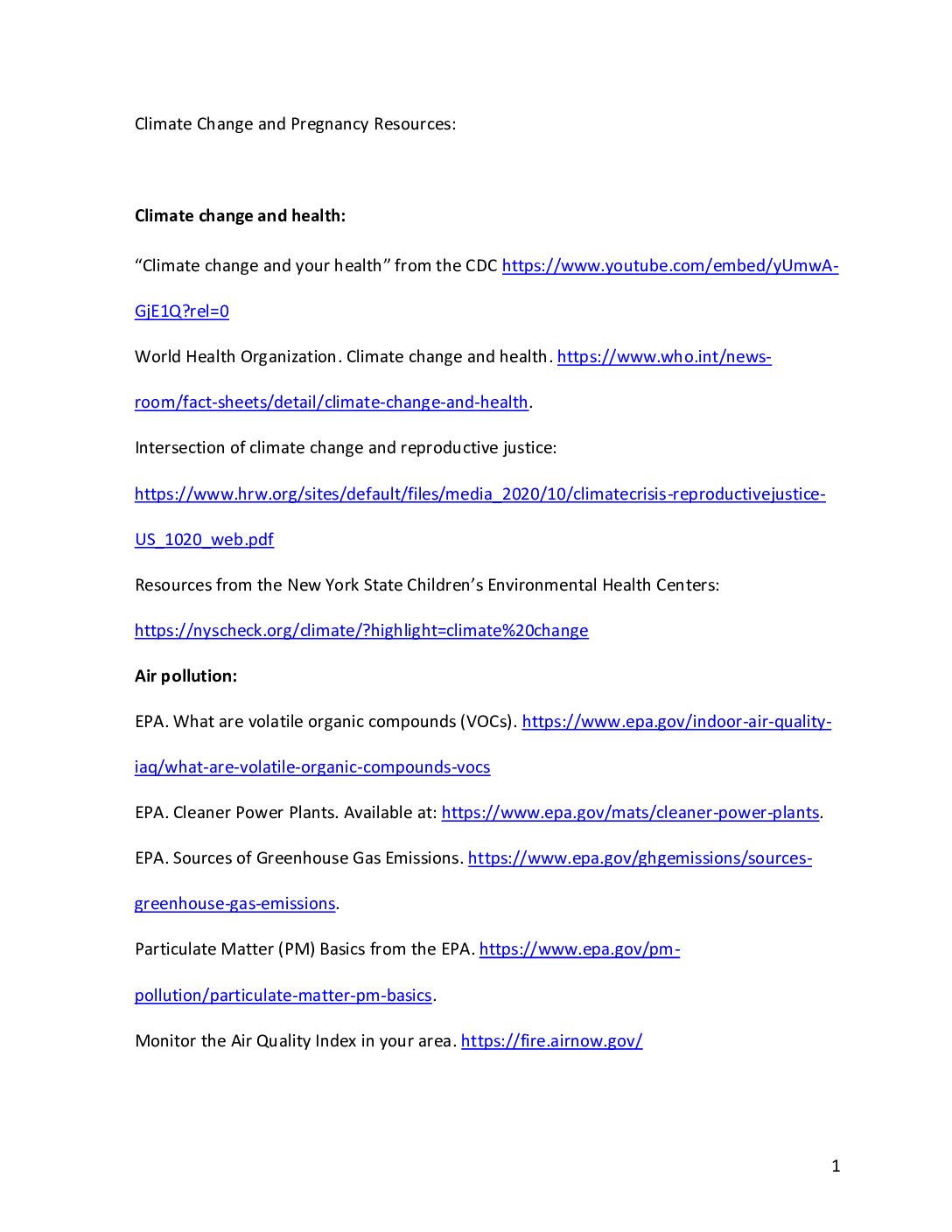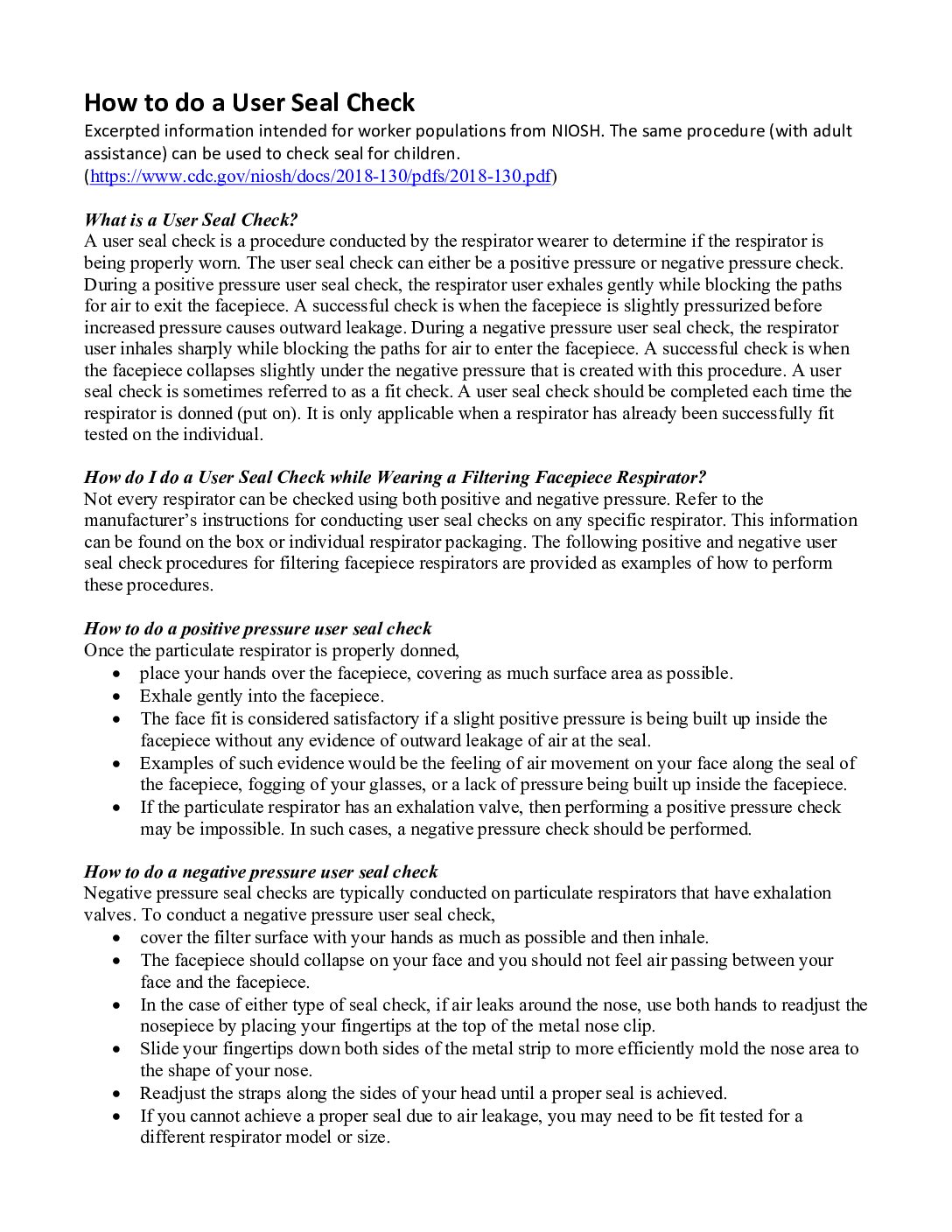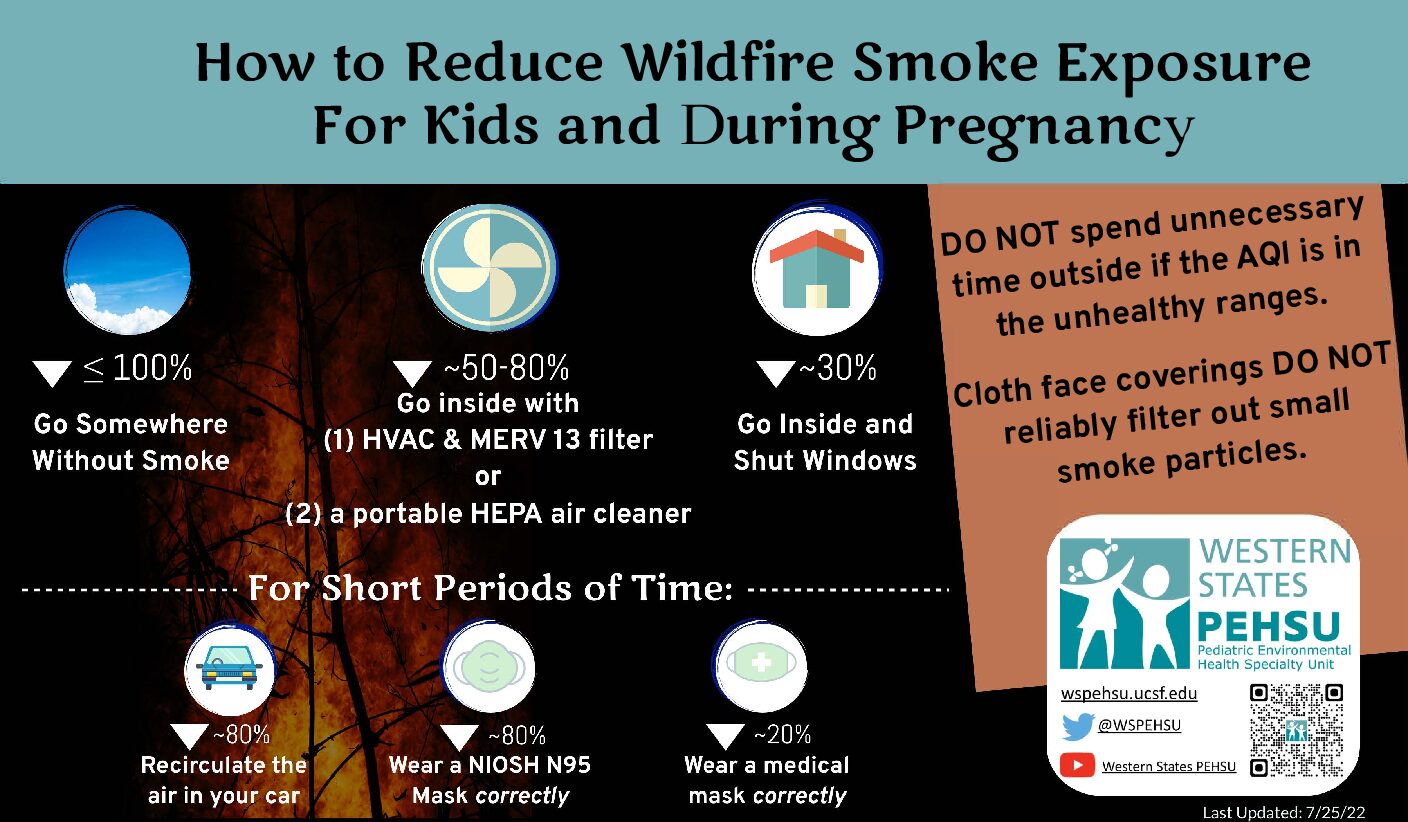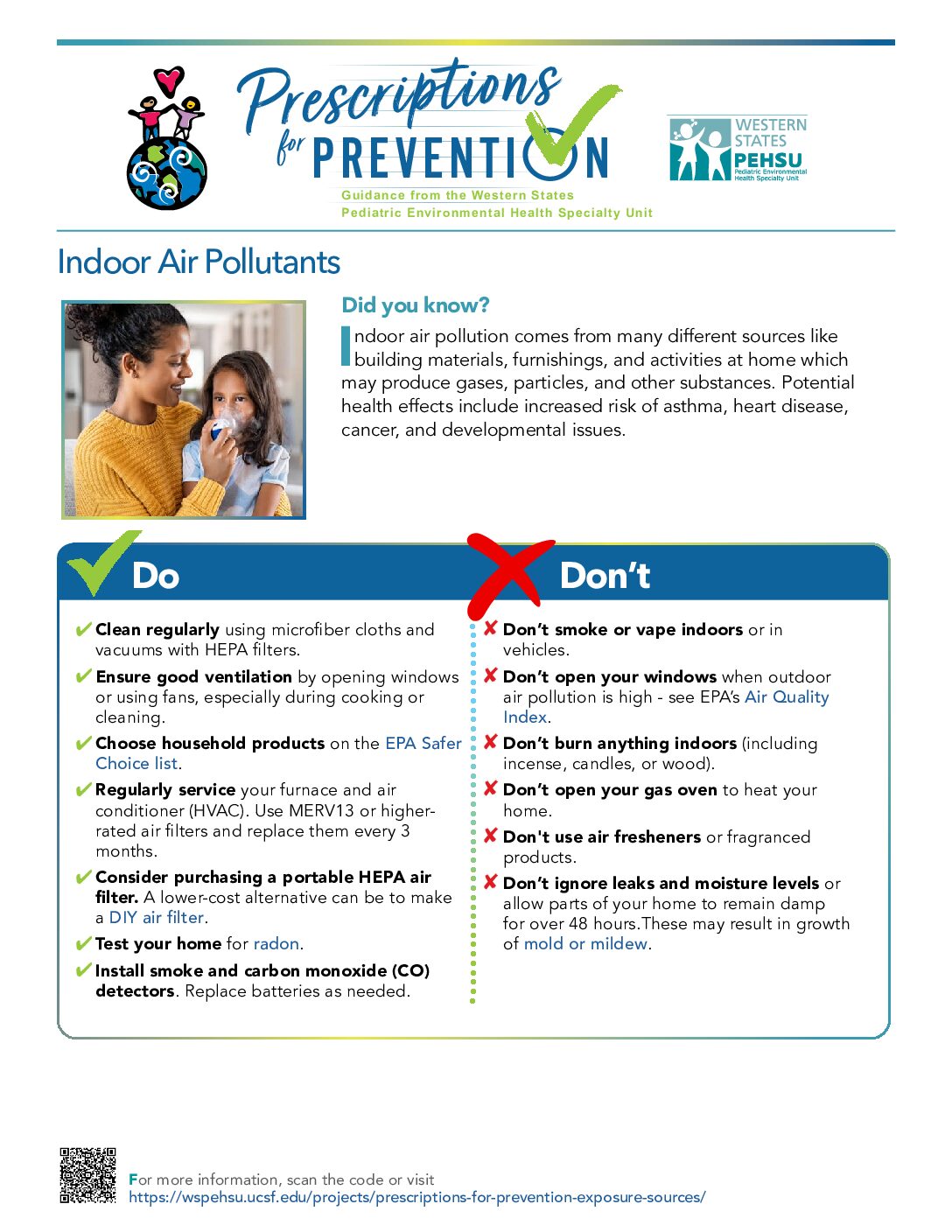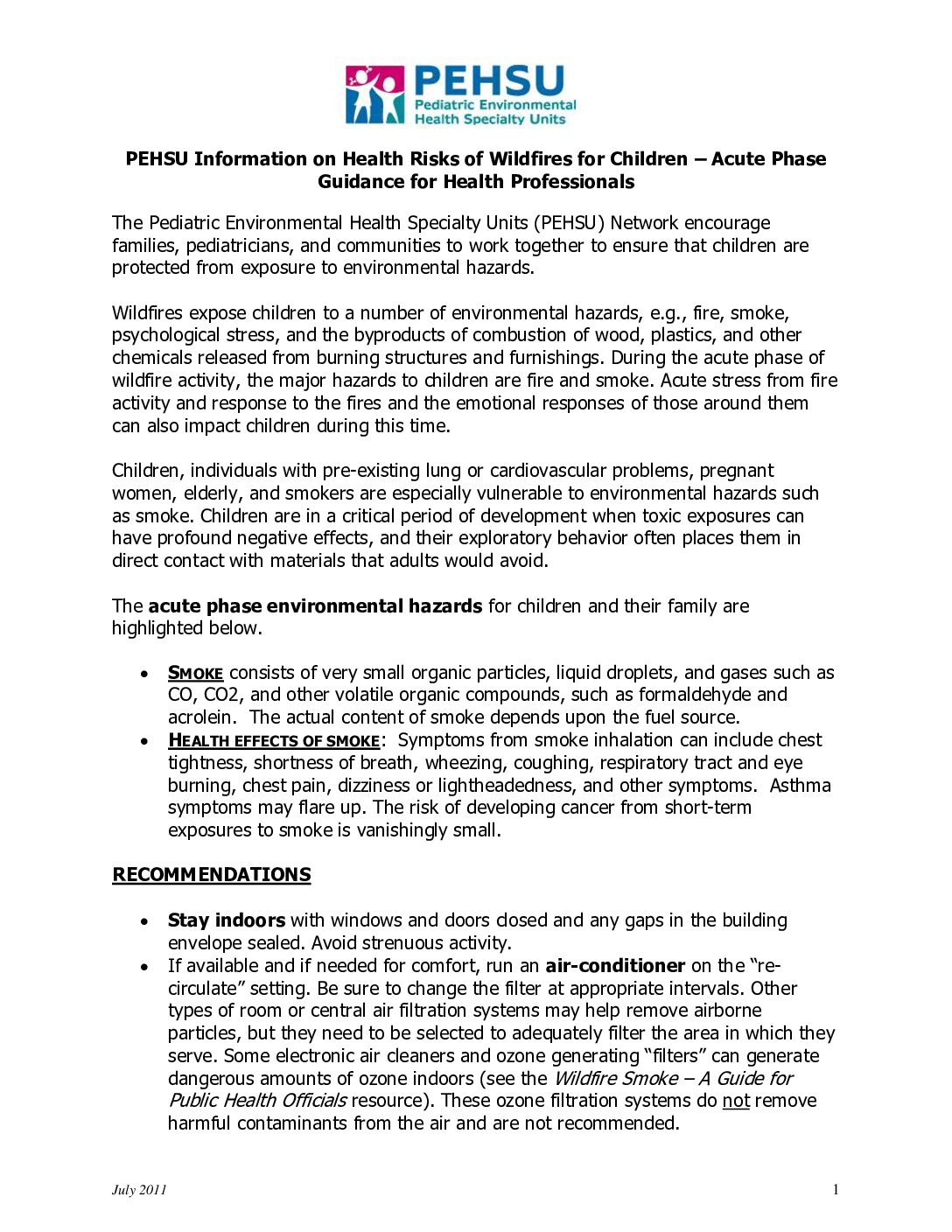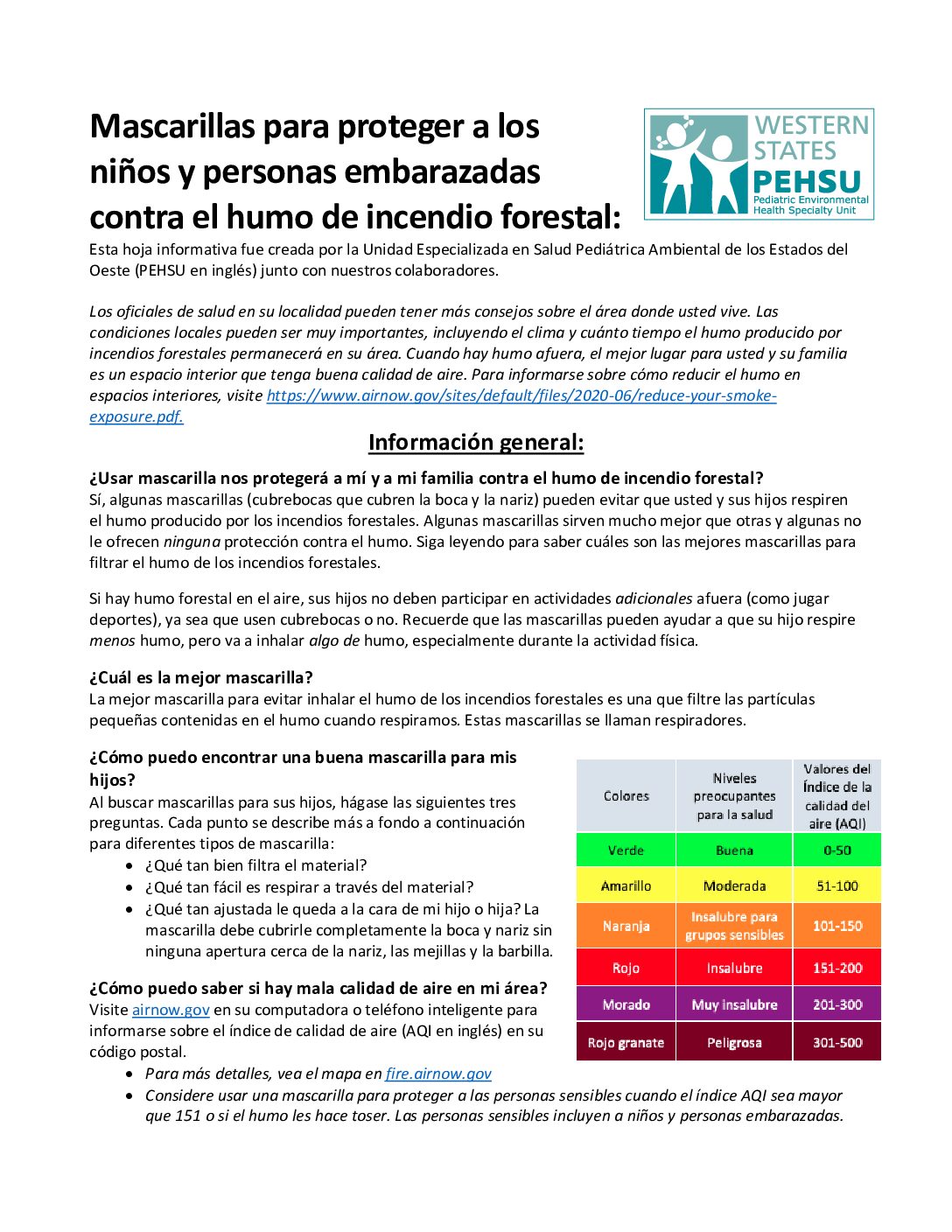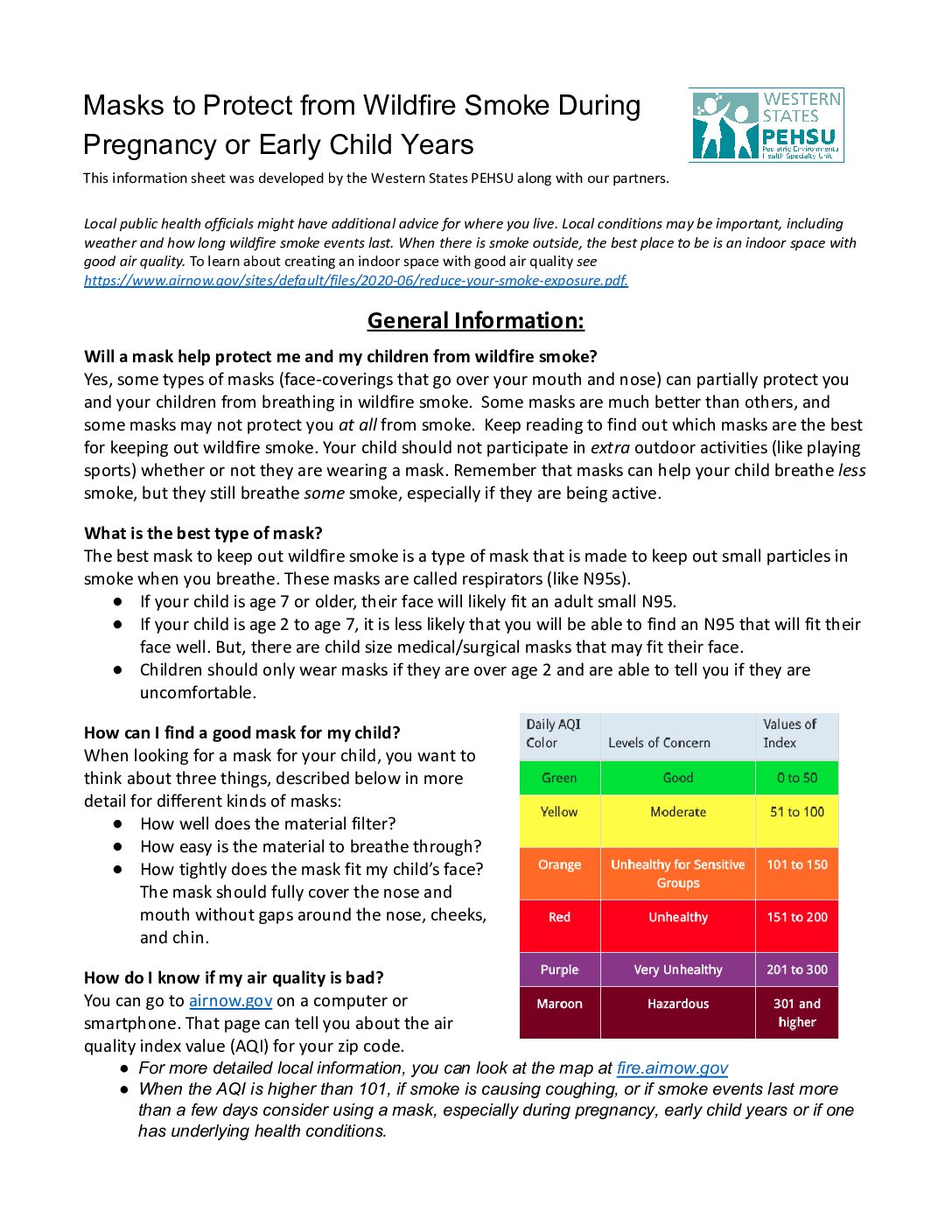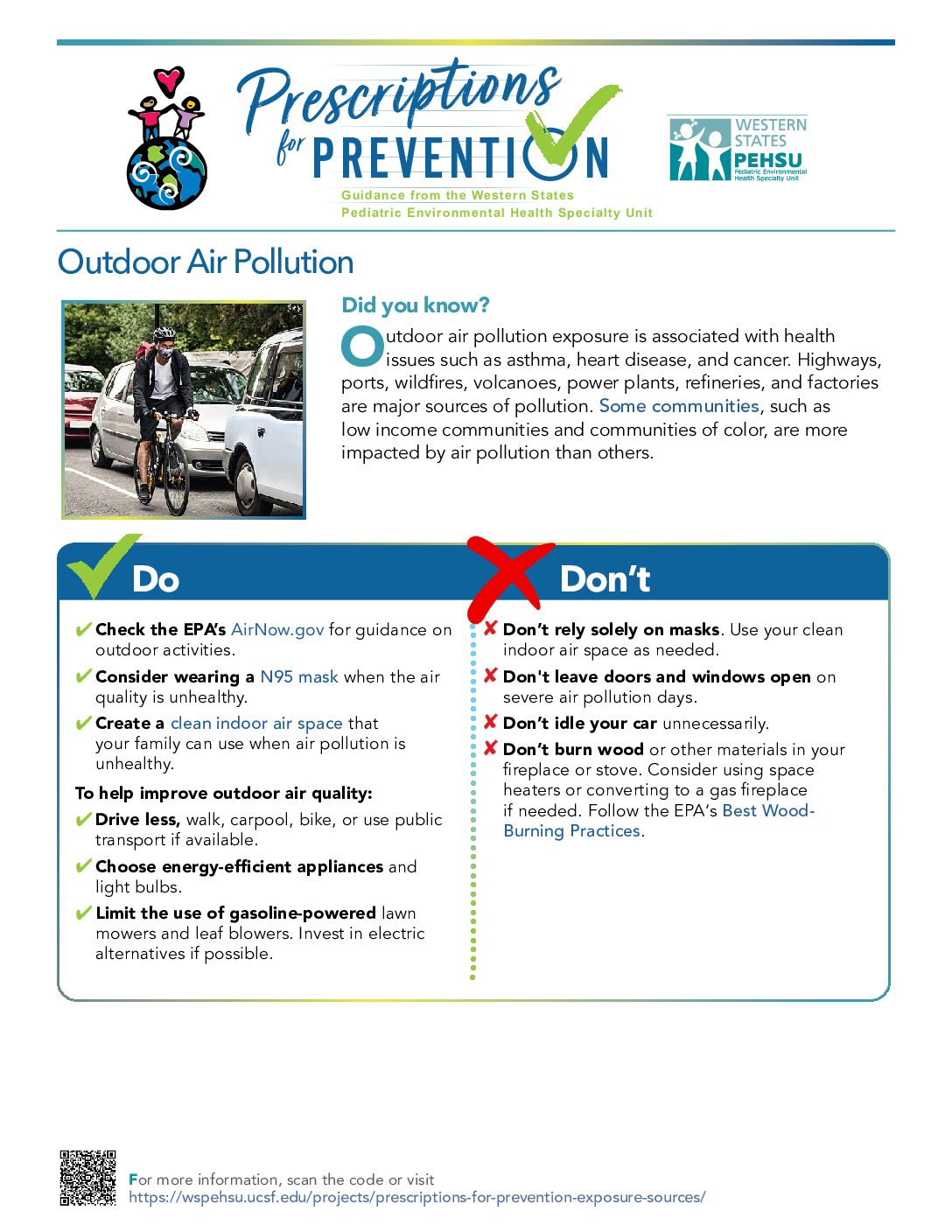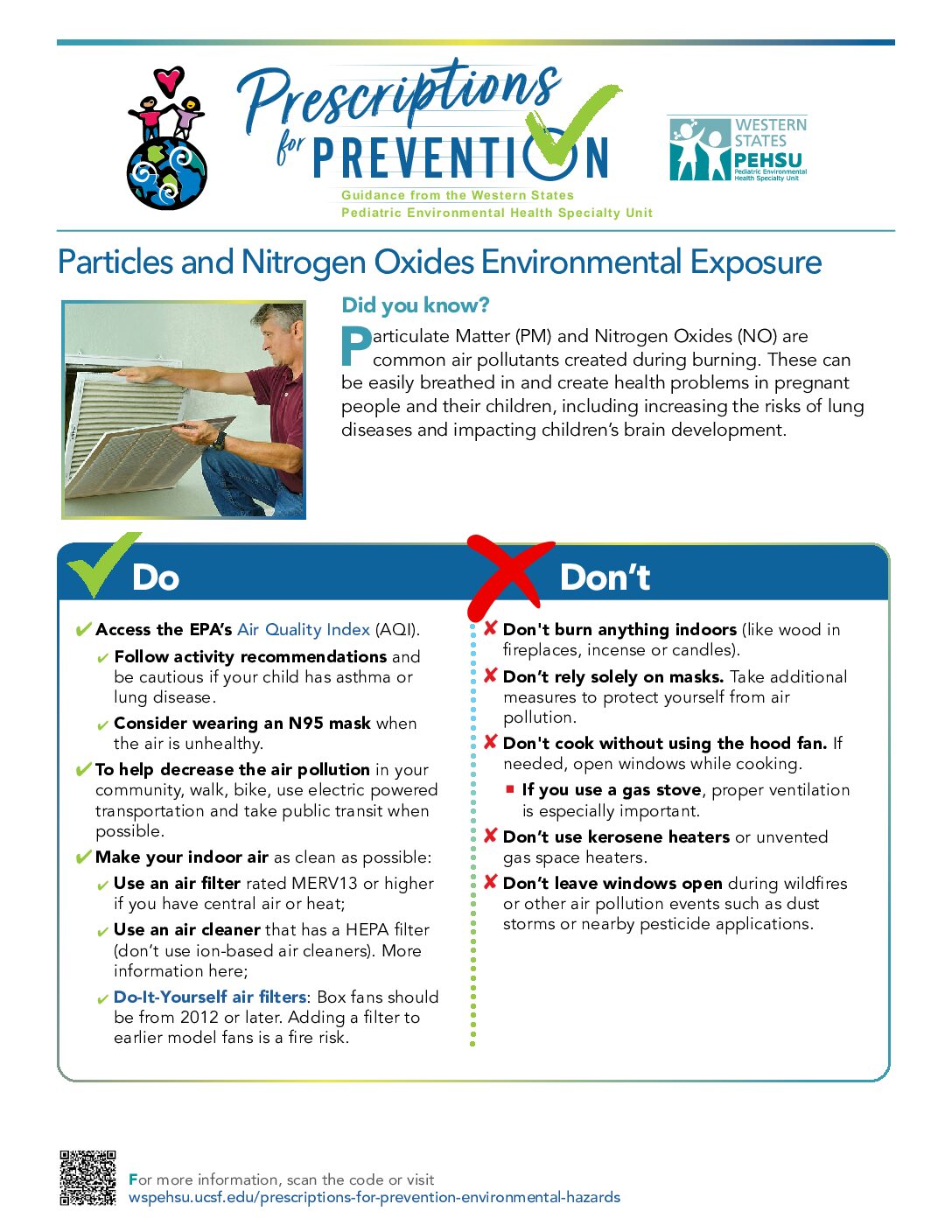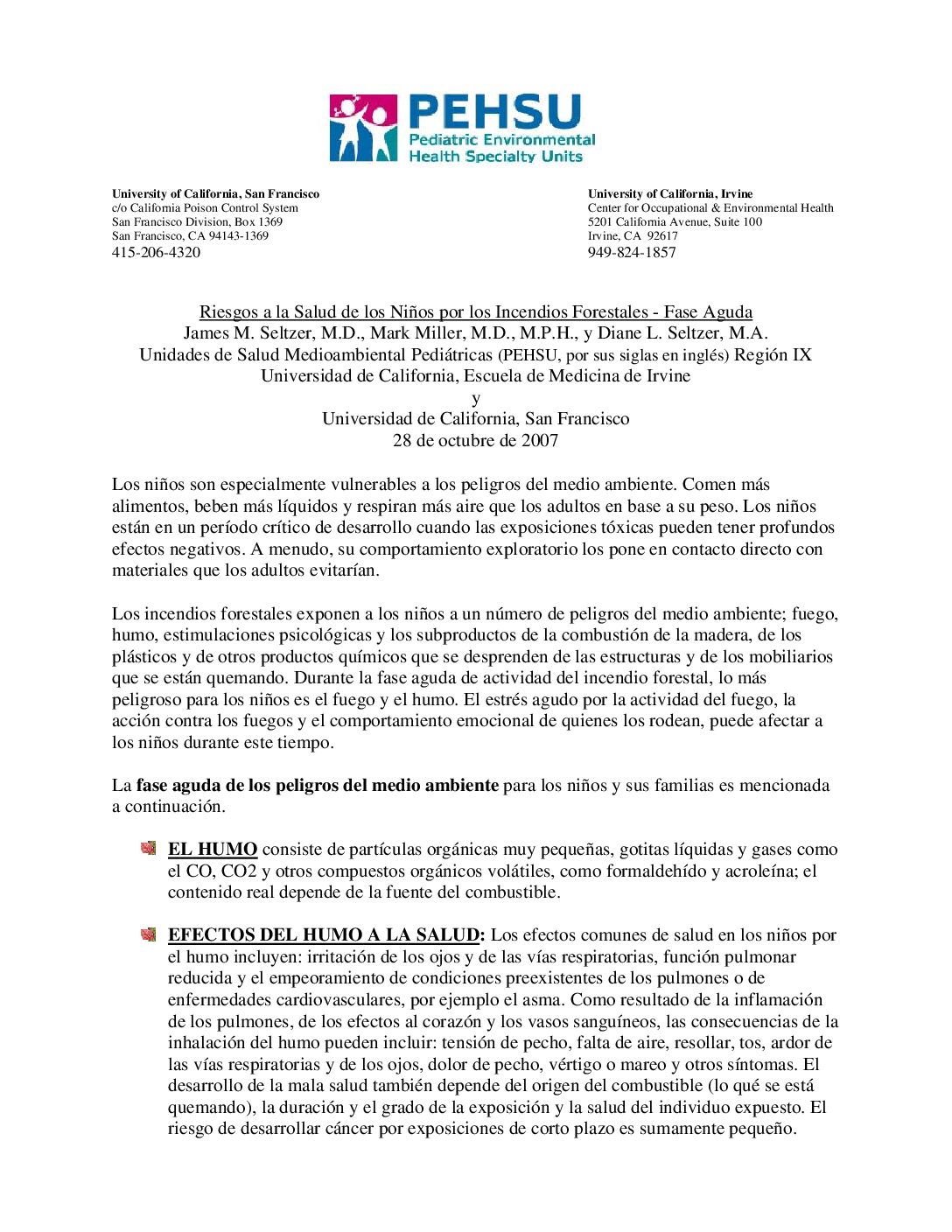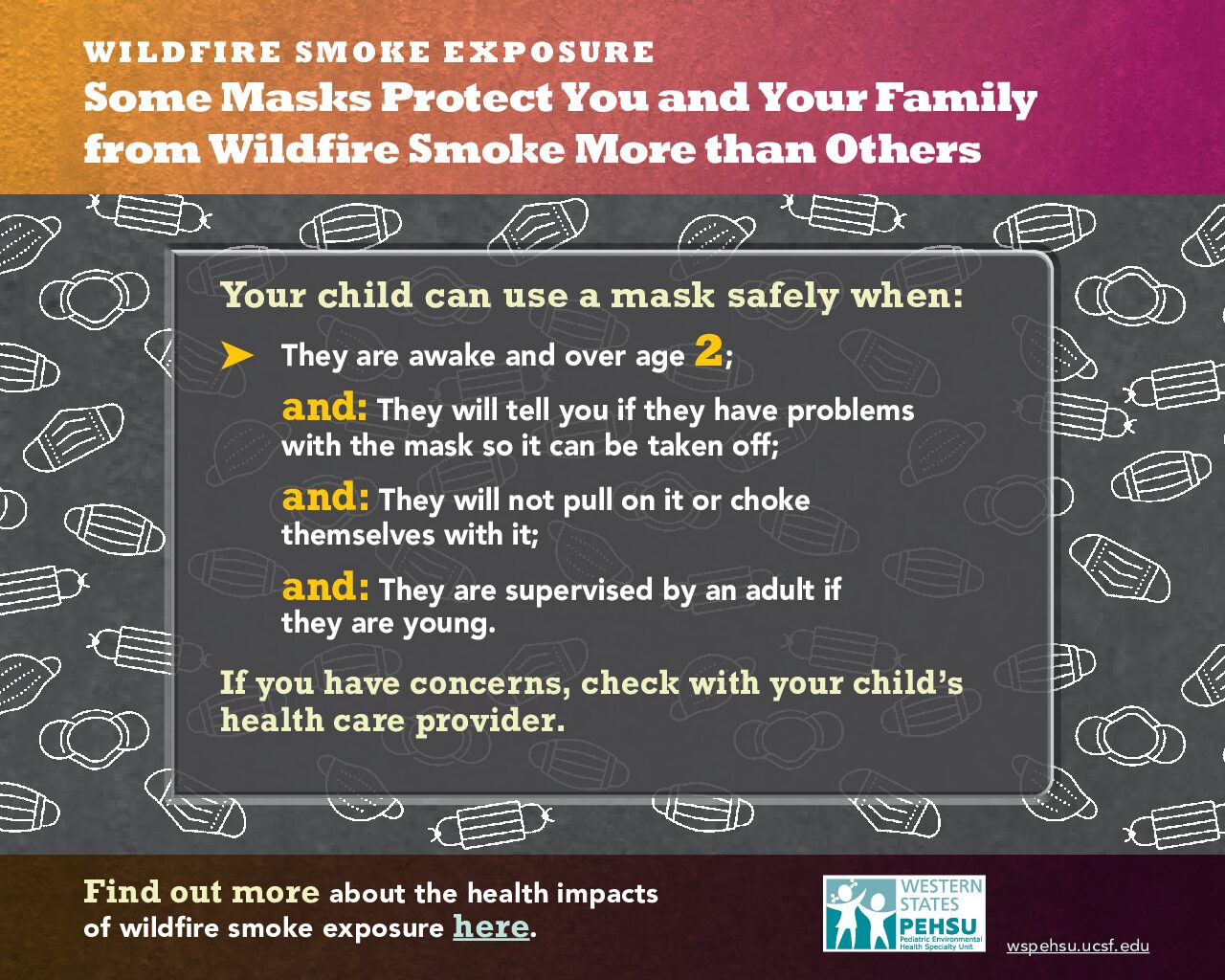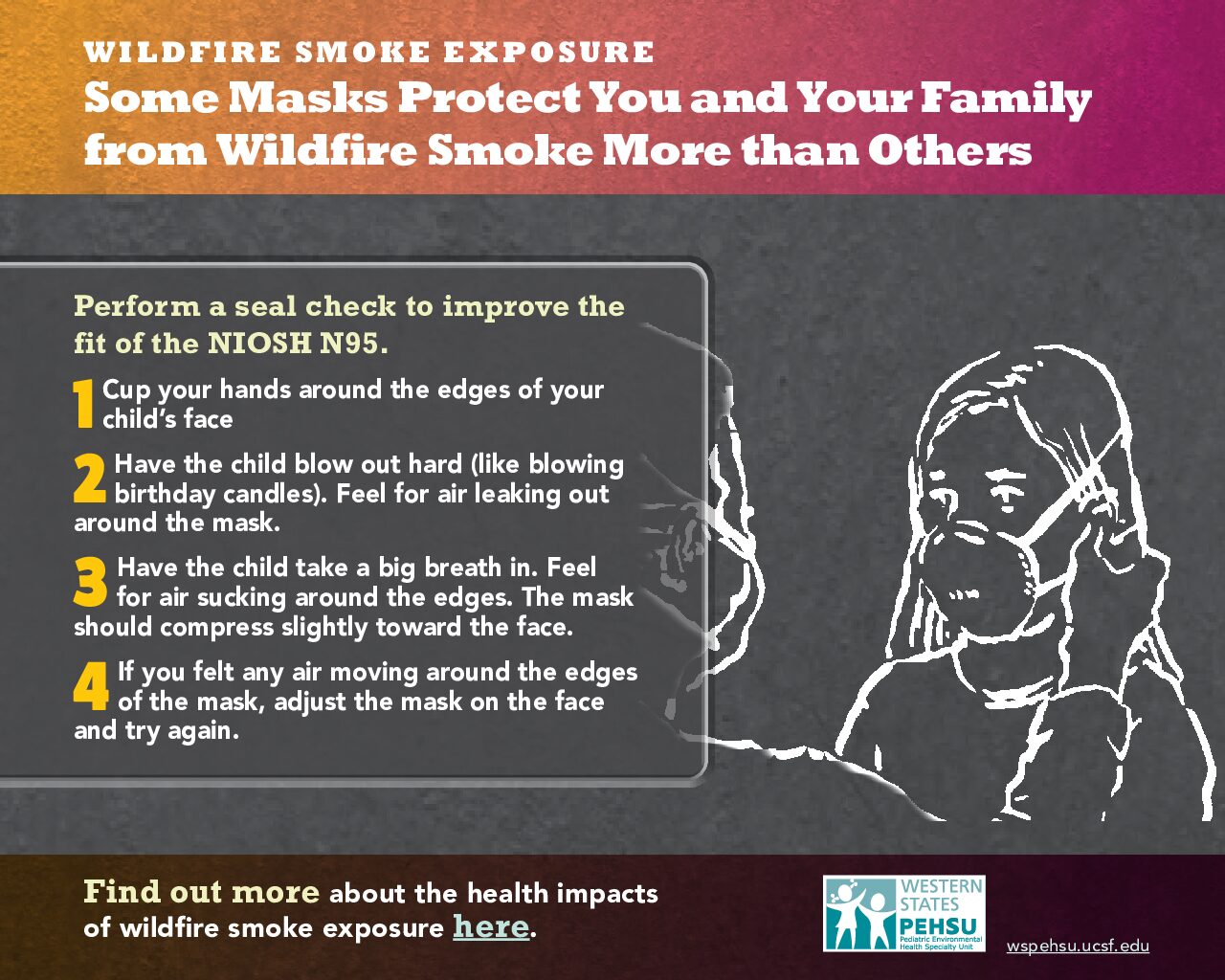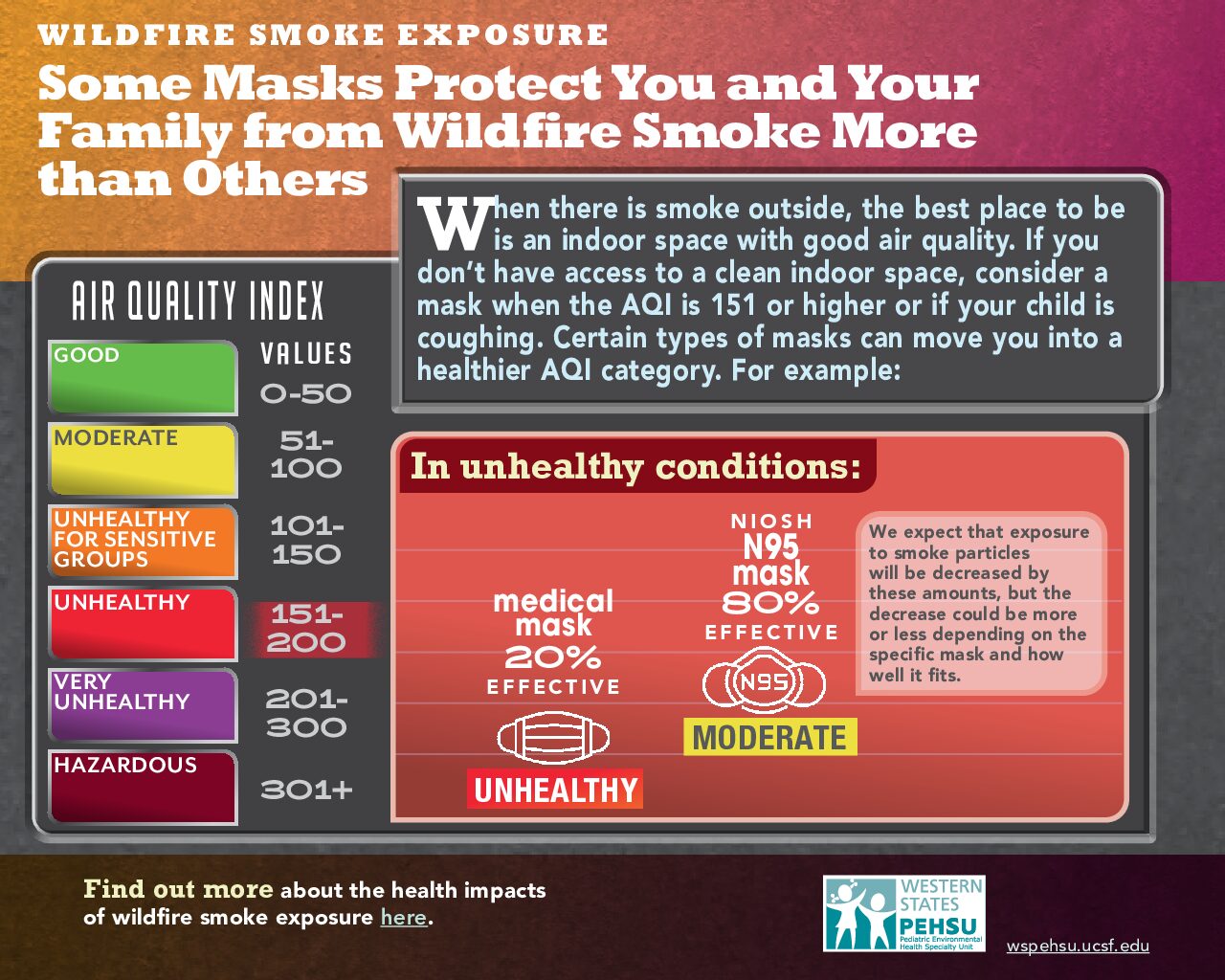Program Overview
Extreme weather alterations are resulting in more varied temperatures, patterns, and natural disasters such as hurricanes, wildfires, droughts and flooding. These events in addition to overall weather shifts have an impact on children and pregnant people’s health. The WSPEHSU strives to bring awareness to this public health issue and has developed material on the health effects of extreme weather.
To learn more about wildfires and how they are an increasing problem due to extreme weather, visit the WSPEHSU webpage on wildfires.

Resources on Extreme Weather and Health
This training module uses Brett’s story to examine the environmental and genetic contributors to asthma, providing insights into prevention and management strategies.
Sofia’s story in this module addresses the health impacts of wildfires, discussing exposure risks, vulnerable populations, and measures to mitigate adverse health effects during wildfire events.
Este documento ilustra los efectos de los incendios forestales en la calidad del aire y ofrece consejos para proteger la salud.
This handout offers guidance on constructing a DIY air purifier using a box fan and air filters. It includes step-by-step instructions, materials needed, and safety tips to improve indoor air quality, especially during events like wildfires.
Este folleto analiza los impactos del cambio climático en la salud y promueve acciones para la mitigación y adaptación.
This document outlines strategies for health professionals to support communities recovering from wildfire events.
This PDF provides a fact sheet highlighting the impacts of extreme weather on children’s health and offers actionable prevention strategies for healthcare providers, educators, and communities.
This document highlights the health impacts of extreme weather, such as heat stress and air pollution, and emphasizes the need for mitigation and adaptation strategies to protect vulnerable populations.
This document discusses the relationship between extreme weather and pregnancy health outcomes, offering advice on minimizing risks.
This document outlines the unique risks of extreme weather for pregnant individuals and offers practical mitigation strategies.
This guide explains how to perform a proper user seal check for respirators to ensure effective protection.
This document provides guidance on mask and respirator use for children and pregnant individuals during wildfire smoke events.
Particles and Nitrogen Oxides Environmental Exposure: This factsheet discusses the health impacts of particulate matter and nitrogen oxides from combustion processes, offering strategies to monitor air quality and reduce personal exposure.
This document provides health professionals with guidance on addressing the acute health impacts of wildfires.
Este documento ofrece pautas para el uso de mascarillas y respiradores durante eventos de humo por incendios forestales.
This document provides guidance on mask and respirator use for children and pregnant individuals during wildfire smoke events.
This factsheet highlights environmental health risks during natural disasters and offers preparedness strategies to minimize exposure to harmful contaminants.
This factsheet focuses on pollutants affecting outdoor air quality, their health impacts, and actions individuals and communities can take to reduce exposure.
This factsheet discusses the dangers of particulate matter in air pollution, its effects on respiratory and cardiovascular health, and ways to mitigate exposure.
Este documento detalla estrategias para que los profesionales de la salud apoyen a las comunidades en la recuperación tras incendios forestales.
This document provides comprehensive guidelines to help California schools prepare for and respond to wildfire smoke events, including strategies for maintaining indoor air quality, communication protocols, and recommendations for student and staff safety during such incidents.
Este documento ofrece orientación a los profesionales de la salud sobre cómo manejar los impactos agudos de los incendios forestales.
This poster highlights steps to protect health and improve air quality during and after wildfire events.
This infographic provides tips for protecting children during wildfire smoke events, including air filtration and mask use.
This document explains how to perform a seal check on respirators to ensure effective protection during wildfire smoke events.
This infographic explains the impact of wildfires on air quality and provides tips for staying safe during smoke events.
This document provides guidance on using air filtration systems to improve indoor air quality and reduce exposure to pollutants.
External Resources on Extreme Weather
Extreme Weather and Pregnancy: Risks, Mitigation, Adaptation, and Resilience
This scientific paper on extreme weather and pregnancy was written based on the above factsheet. The paper provides a more in-depth analysis on risks, mitigation, adaptation and resilience as they relate to extreme weather.
2023 Symposium on Heat: Impacts on Children and Pregnancy
WSPEHSU and Cal EPA cohosted a symposium series on heat and its health effects on children and pregnancy. The four sessions included the following topics:
- Pediatric physiology and the epidemiology of heat health effects in children
- Pregnancy physiology and the epidemiology of heat health effects in pregnant people
- Strategies to combat health effects of heat in children and during pregnancy
- Heat health warning systems and important considerations for children and pregnant people
The recordings are available on the symposium webpage.
Viviendo Verde
En este espacio podrás encontrar herramientas que te ayudarán a conocer más y a activarte en la protección del medio ambiente y a combatir los efectos nocivos del cambio climático.
Ayúdanos a proteger a nuestras familias, a nuestras comunidades y a nuestra Madre Tierra.
Extreme Weather, Health, and Equity
These materials include overviews of weather science, health impacts of extreme weather and how health equity fits into the equation. It discusses what local health departments can do to include extreme weather and health equity into assessment and surveillance, intersectoral collaboration, community engagement and education, weather and health communications, preparedness and more. The companion U.S. brief, released by APHA and The Lancet, hones in on the health impacts of extreme weather in America.


